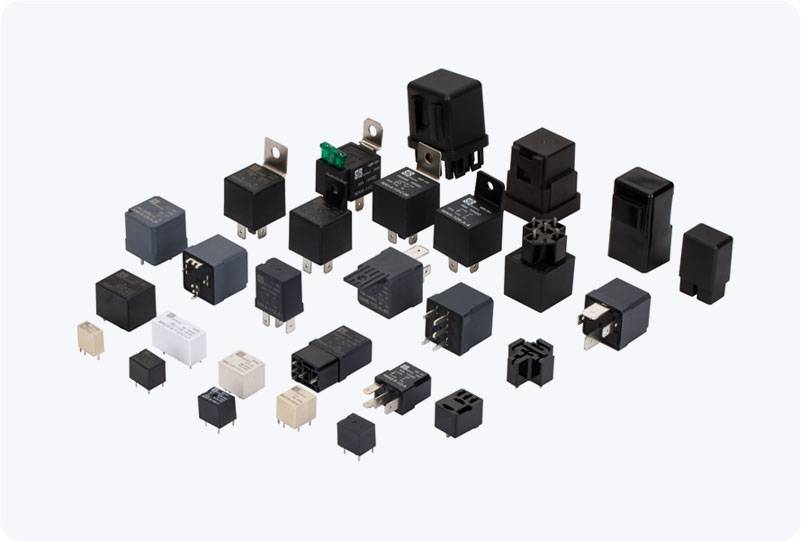understanding the 220v ac relay: functions, applications, and benefits
Release time:2025-06-08 20:35:40
A 220V AC relay is a critical component used in various electrical applications, enabling control of high-power devices through low-power signals. This electromagnetic switch is designed to work with an alternating current (AC) of 220 volts, commonly used in household and industrial electrical systems. In this article, we will explore the working principle, key features, applications, and benefits of 220V AC relays, as well as some important considerations when using them.

What is a 220V AC Relay?
At its core, a relay is an electrical switch that uses an electromagnet to control the opening or closing of electrical contacts. In the case of a 220V AC relay, the device is specifically designed to control circuits powered by 220V alternating current. The relay allows a small, low-voltage control signal (often DC) to activate a larger, high-voltage AC load. This makes it an ideal solution for safely controlling high-voltage devices without direct exposure to the risks associated with such electrical circuits.
How Does a 220V AC Relay Work?
A typical 220V AC relay consists of several key components: an electromagnet, a set of contacts, a spring mechanism, and a housing. When the low-voltage control circuit is activated, current flows through the coil of the electromagnet, generating a magnetic field. This magnetic field pulls the contacts together, either closing or opening the circuit depending on the relay's design (normally open or normally closed contacts).

